Government House Tasmania (GHT) is situated on 15 hectares of land. It is part of a complete estate comprising 4.5 hectares of established gardens and ponds, paddocks, cottages, stables, and other buildings. The Estate gardens are regarded as one of the finest private gardens from the Victorian era in Australia. It is not entirely clear who designed the original garden. The earliest plan, dated 1856, bears the architect William Porden Kay’s signature but whether he was the draftsman is difficult to determine. Possibly, it was William Thomas the landscape gardener employed in 1856 to lay out the grounds.
It is likely the garden design was influenced by John Claudius Loudon, the most famous landscape architect of the day. His style advocated the re-introduction of formal terraces surrounding the house, gravelled paths, and a forecourt to facilitate coming and going by carriage. Loudon regularly including features such as a conservatory, greenhouses, rock gardens, fernery, and specimen trees. All these elements are included within the GHT Estate landscape, included also herbaceous borders planted in gardenesque style, rose gardens, terraced lawns, and kitchen gardens. The garden has been maintained much as it was developed in the 1850s and 1860s. Full-time and part-time horticulturalists are responsible for all aspects of the garden’s maintenance.
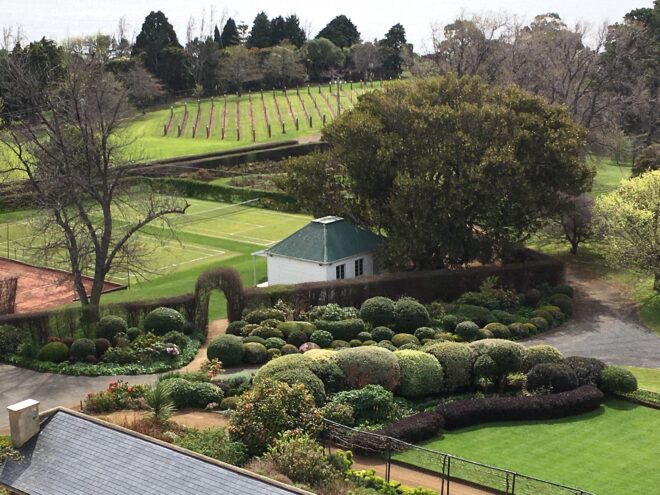
The changing climate is key to our decision making about how to ensure the future success of the landscape; however, we are yet to develop a Sustainability Plan/Climate Action Strategy. To our knowledge, no other Government House has engaged in strategic planning to futureproof their gardens. Nor do we record weather observations, although we can access the Royal Tasmanian Botanical Gardens weather station. Likewise, we do not record how seasonal variation affects plant development or changing weather patterns. The following observations are therefore mine personally and are drawn from having worked in the Estate Garden since 2004:
- We are seeing reduced definition of the seasons.
- Winters are milder, cool weather extends into spring and we experience late frosts during October and November, as well as unseasonal snow events as late as mid-December.
- We have less rain and dry spring conditions with intermittent heavy rain events.
- Windy conditions once observed in spring now continue into summer.
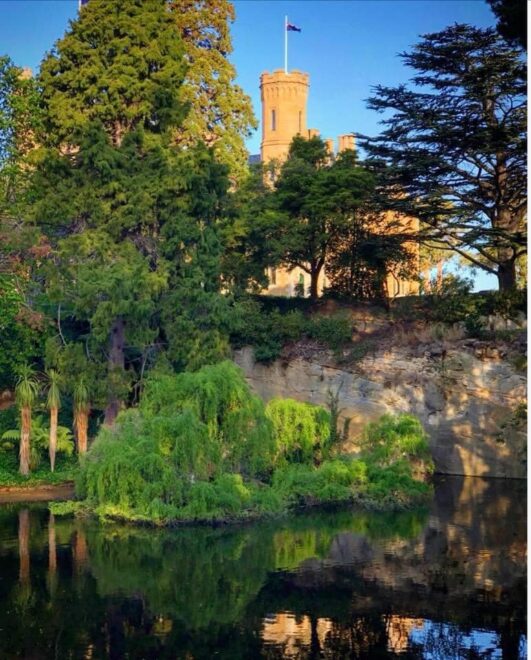
Like other large gardens, well-considered and sustainable water management is essential. Currently water for irrigation is drawn from mains town supply. We commenced irrigation upgrades throughout the Estate four years ago and have converted outdated manually operated models to automatic systems that allow for seasonal adjustment and 24hr operation. Sprinkler heads have been retro-fitted with modern technology, to reduce water loss through drift. These are first steps in ensuring we irrigate more responsibly and efficiently.
Research for future consideration has included tapping into recycled water that is pumped underground past the entrance to Government House. This is being used successfully by a council-maintained sports field close to the estate. While a considerable cost to set up, this would significantly reduce water costs and safeguard the estate gardens in the event of local water restrictions. Restrictions around the use of recycled water dictate it can not be used in food production zones but this would still allow safe usage throughout the ornamental gardens, expansive lawn areas and boundary paddocks, about two thirds of the Estate.
An opportunity also exits with the large feature ornamental pond in the centre of the gardens. This body of water has potential to be used for irrigating surrounding ornamental gardens. Rainwater tanks, now considered essential, have been included on recent building development plans.
The principles of climate positive design were used in planning for a large landscape renovation during 2022. Resilient plant selection was prioritised over mirroring the look of other high maintenance bedding displays present on the Estate. Species chosen were ones considered to have greater chance of future success, while maintaining the look and feel of a heritage garden. We have deliberately reduced resource-dependent, annual bedding displays, opting instead for drought-resilient, hardy perennials that extend flowering displays from spring throughout the growing season and into autumn.
We have more than 400 mature trees. The overstory is dominated by exotic species with a small number of natives, including large eucalyptus that are scattered across the Estate. Some trees, including the oak avenue, pre-date Government House, having been planted in the 1840s. Succession planting of trees on the estate has been prioritised over recent years, with a view to increasing canopy cover, reducing heat, and slowing the movement of water during heavy rain and or future flooding events. We commenced a tree planting program in our Eastern Arboretum during autumn 2023. This is a large, open expanse of land, where we have deliberately chosen exceptionally large tree species that will allow for the greatest carbon storage capability. These giant trees will also support communities of birds, mammals, insects and micro-organisms. Large root systems will tap into underground resources, drawing water and cooling the atmosphere through evaporation.
We use the Climate Change Alliance of Botanic Gardens’ Climate Assessment Tool (CAT) to assist in tree selection. CAT provides guidance on the suitability of taxa to predicted future climate scenarios of a selected location. Combined with CAT research, we consider existing genera and ask if it is sensible to plant new generations of these same trees to maintain the original intended look of the garden. We look at alternative more suitable new exotic species and any opportunity to expand on native tree collections. For example, we may not choose to plant additional Quercus robor but instead Quercus suber, which is better suited to climate change yet has a similar heritage look.
We manage the health of our mature trees with regular inspections, reporting and maintenance, which is conducted by qualified arborists. Extensive tree maintenance has been completed over recent years and we are now in a position to proactively manage the tree collection. This is most evident in severe weather events: no longer do we experience the level of tree damage or tree loss we once did.
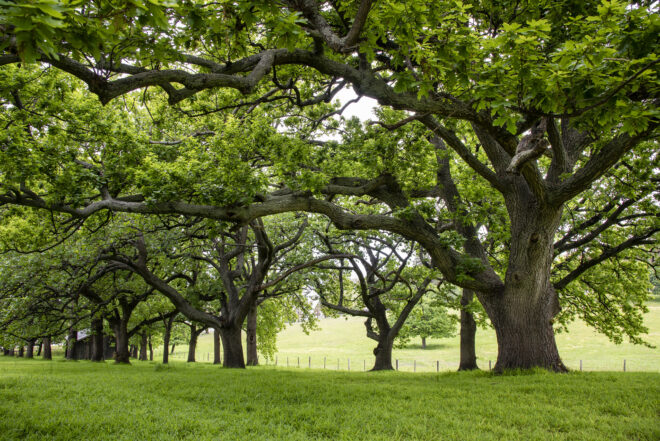
We have been working to improve soil compaction throughout the Estate Oak Avenue, possibly Australia’s oldest oak avenue. Rather than the historic practice of repetitive mowing with large heavy machinery we allow the understory grasses to grow out to maturity in a stylised meadow. With this, we are hoping to achieve increased water holding capacity, slower water movement across the sloping site and increased biological activity: all to promote better health and longevity of the avenue.
Lawn renovations over the estate are now scheduled more frequently. Coring and scarifying conducted to reduce compaction and improve the lawns’ ability to absorb and drain moisture. In addition, mowing deck heights raised to reduce lawn stress during summer periods. Mulching garden beds and under mature trees is regularly conducted to retain soil moisture.
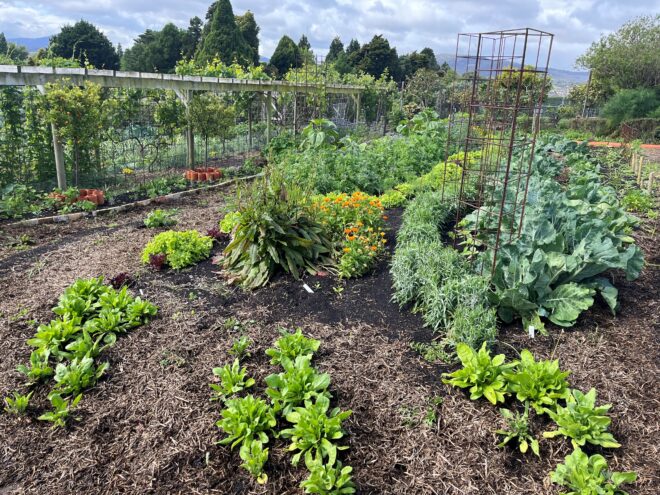
Extensive work to improve soil health throughout food production spaces at Government House Tasmania has recently been completed. These areas, once maintained with traditional agricultural machinery and techniques, are now managed with practices more closely aligned to permaculture. The design of the vegetable garden has been reshaped so beds follow the contour of the land. We have also increased biodiversity with mixed, companion plantings. In the years to come we hope to observe improved soil heath, water holding capacity, increased presence of soil micro-organisms, and fewer pests and diseases. These benefits will contribute to healthier cropping, increased yield and allow for many more decades of food production.
We have observed increase pest activity throughout the orchard space during mild winters. Woolly aphids and mealy bugs that would normally die off during the cold extremes of winter are very successfully overwintering in the trees and appearing in larger populations as the weather warms in spring. This has resulted in increased need for autumn pest control, using an integrated pest management approach, combining cultural techniques and low-toxicity chemical controls.
Mild winters have also resulted in increased growth of duckweed and watermeal in the ornamental ponds. These types of aquatic weeds would traditionally die off completely over the winter season. Regular physical removal of the weed along with copper treatment is now required to maintain pond health throughout the year.
Biosecurity Tasmania assists the garden team in pest and disease identification. We also keep sentinel hives, which are assessed monthly for a range of pests and diseases that could be introduced to Tasmania through quarantine incursion via the nearby Hobart port or the movement of insect populations south as temperatures rise.
GHT and the Department of Natural Resources Water and Environment are collaborating on a project to preserve dozens of culturally and botanically significant heritage apple varieties from southern Tasmania. Prioritising the conservation of DNA from heritage apple varieties can assist future food security impacted by natural disaster and or climate change.
The subtle effects of the changing climate are evident all around us. They influence the way in which we manage the diverse Estate gardens at Government House Tasmania. Garden staff continue to training for, and use, best practice to ensure we do everything we can to see the gardens thrive into the future. Formalising a climate action strategy could certainly be a next step to provide direction and a confident plan as the garden transitions into climate change.
Tara Edmondson is the Estate Gardens Manager at Government House
Photographer, Pen Tayler
This article is one of a series prepared for a project, Antipodean historic gardens and climate change, partly funded by a grant from the international charity, the Historic Gardens Foundation.

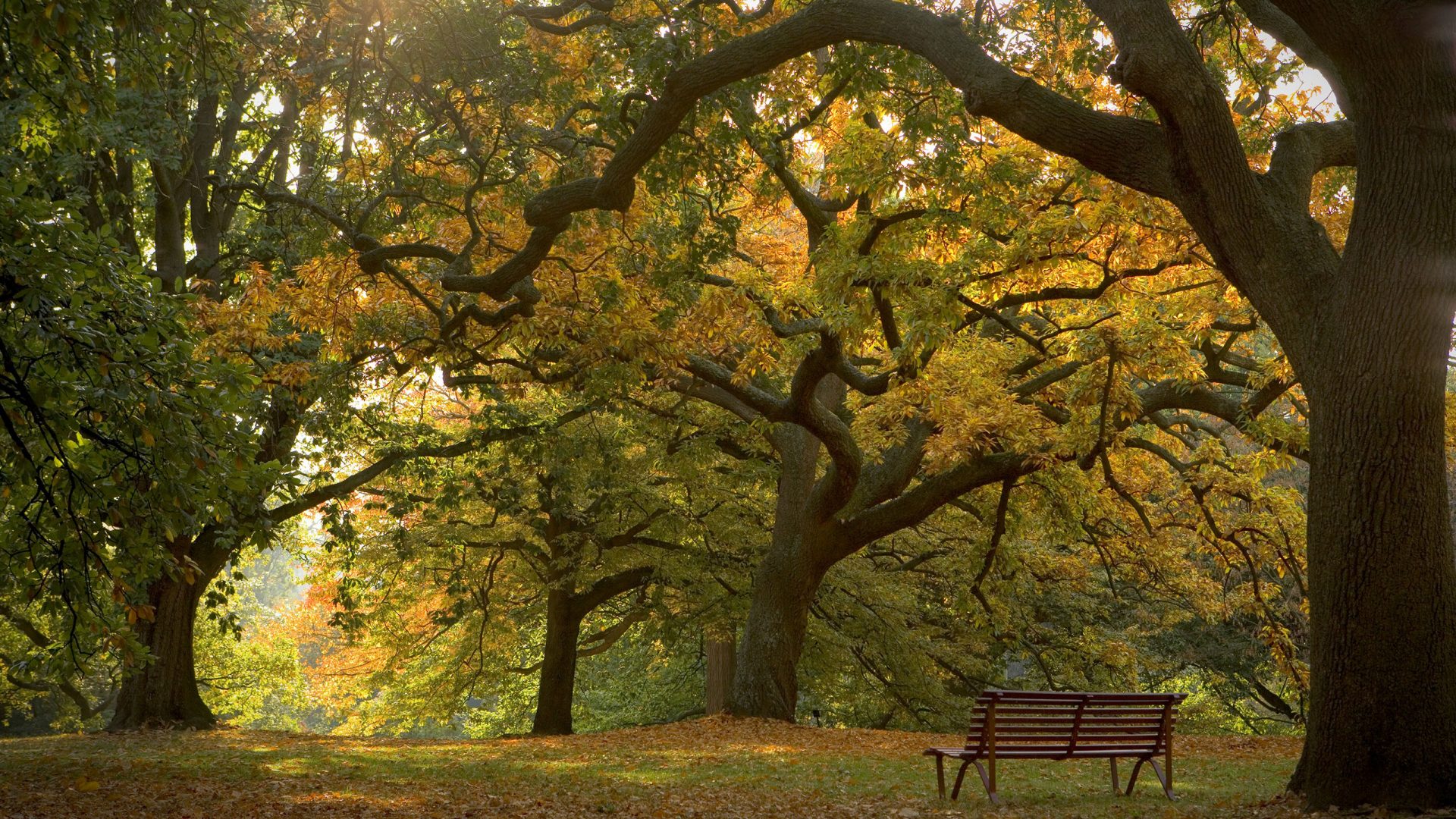
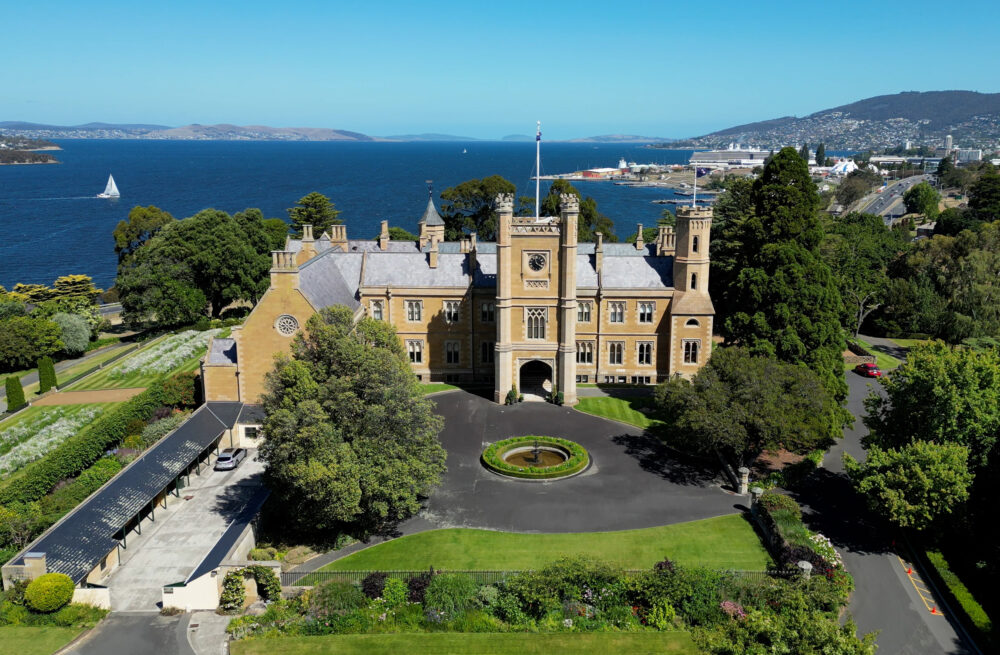
Leave a Reply
You must be logged in as a member to post a comment.